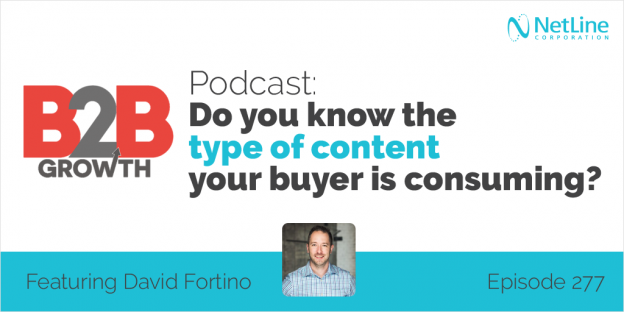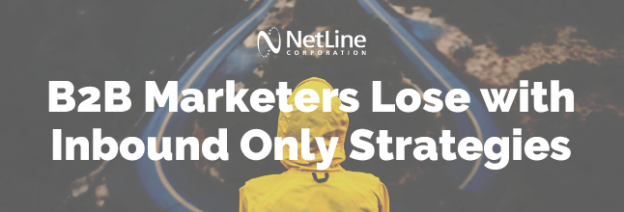Happy Holidays from the NetLine Corporation
On the move: This year has been an exciting time of evolution and growth for NetLine Corporation. Our 22nd year in business has been full of accomplishments and changes, including: • Expansion of the Account-Based Marketing Platform. • Redesign and release of the NetLine Portal for all clients. • Launch of advance campaign analysis reporting. […]

